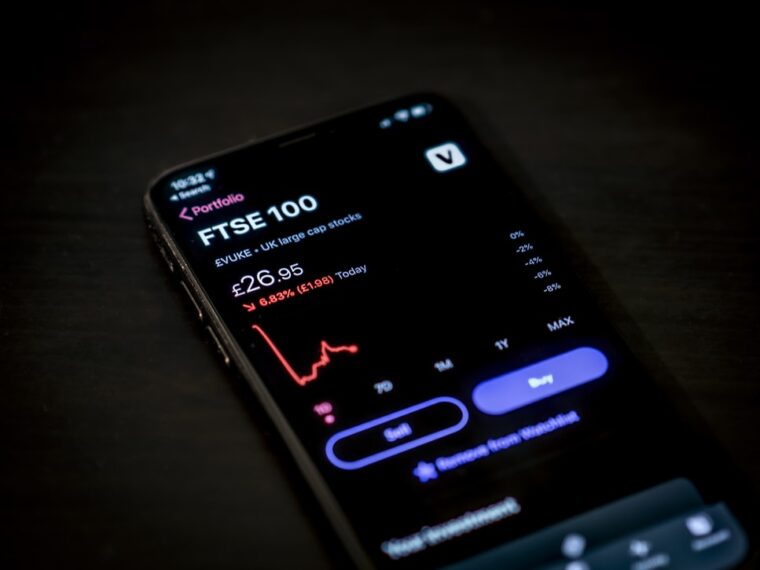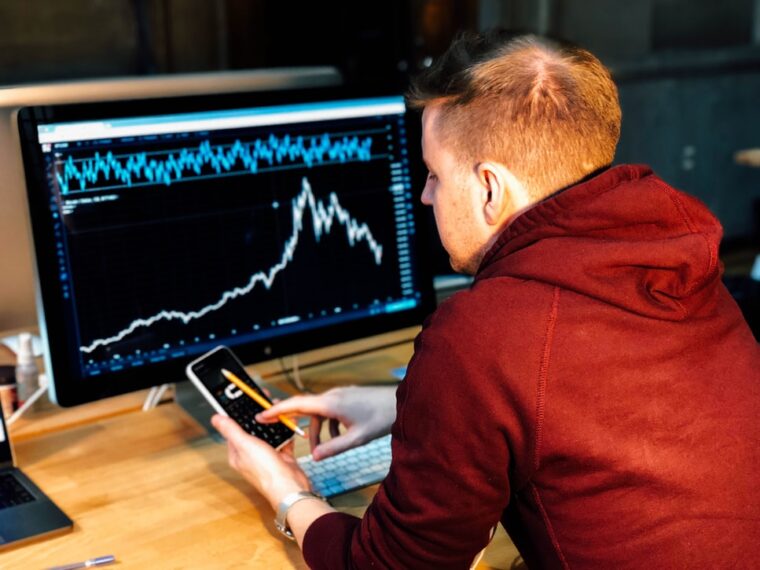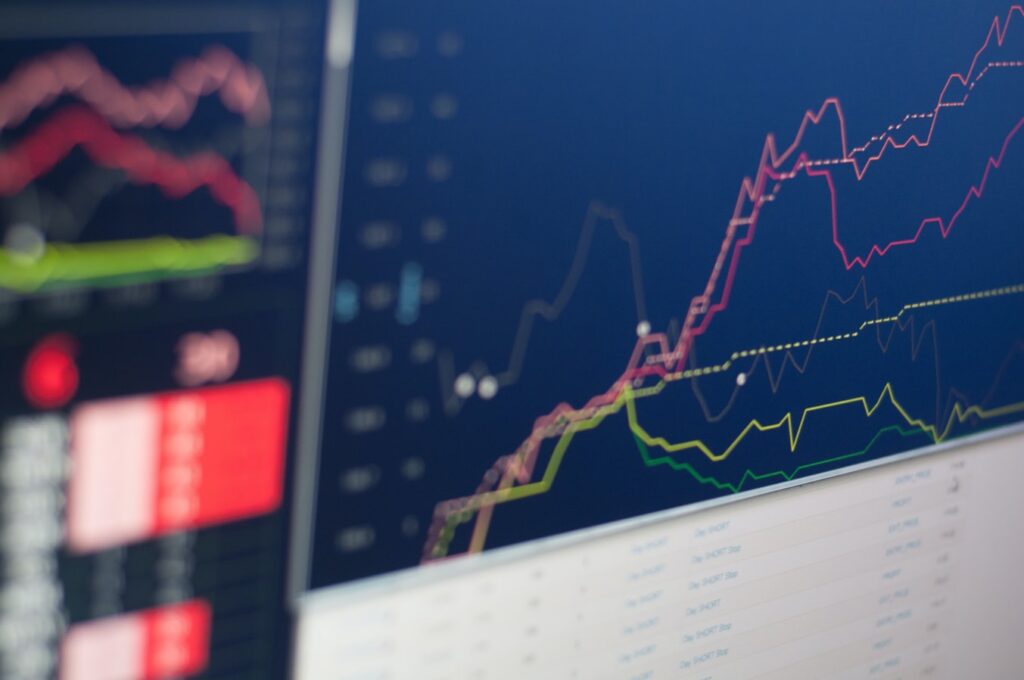Even under the influence of unfavorable factors such as the slowdown in world economic growth, the intensified global trade friction, and the high risk of Brexit, there are still many emerging assets that have performed well this year. The Russian stock market is one of them. Data show that since January this year, the Russian stock market has risen by as much as 30%. The country’s stock market rose particularly rapidly in the second quarter.
Russia’s stock market broke through this point for the first time since 2014. In fact, this is not an isolated case among emerging assets this year. An analysis by the investment company GMO Group shows that emerging stock markets have a promising prospect, which will bring substantial returns to investors and will outperform U.S. stocks.
Get your Russian visa from VisaExpress.com
Multiple factors boost Russian stocks higher

On the whole, the primary reason for boosting the Russian stock market is that the country’s listed companies performed well. With the obvious economic recovery, many industries, including the banking industry, have been very profitable this year. VTB Investment Company said that despite the lack of macroeconomic performance, the Morgan Stanley Capital International Russia Index has risen 30% so far this year, maintaining its position as a leader in emerging markets.
The country’s stock market also touched 1,400 points in June. Although there was a correction in August, it was also close to its reasonable global high of 1,250 points. It is expected that the Russian stock market is expected to hold on to gains for the remainder of this year as Russian companies have performed well in profitability, improved corporate governance and dissipated concerns about market sanctions.
In addition, as the country’s companies recover, demand recovers, and consumer credit grows, the Russian economy looks to be strengthening. Although the market still pays great attention to the turmoil of economic sanctions, it is precisely because of the high suspension of the “Sword of Damocles” of economic sanctions in Europe and the United States that Russian policymakers have already made the most adequate preparations for possible market turmoil.

This has improved Russia’s asset security in the eyes of investors. Most investors believe that even if Europe and the United States reopen sanctions against Russia, the possibility of a debt crisis in Russia is unlikely, and the overall outlook for Russia’s economy is sound.
It is worth mentioning that under the pressure of European and American economic sanctions, some leading Russian companies have been forced to carry out drastic reforms in the past few years. These include cutting capital expenditures, increasing efficiency, enhancing profitability, and improving corporate governance. It also gave a fundamental boost to its stock price increase.
The data shows that Russia’s average dividend rate of return is 7% to 7.5%, which is twice the average dividend rate of 3.3% for the benchmark Morgan Stanley emerging market, which further enhances the attractiveness of the Russian stock market. In addition, although the Russian stock market has seen a sharp rise this year, its price-to-earnings ratio is still within a reasonable range. MSCI Russia’s 12-month forward price-to-earnings ratio continued to be below 6.0 times, and even fell to 5.7 times in August, which was lower than other stock markets, which also made investors favor the Russian stock market.
Globalization is “far from dead”

Many people of insight are still optimistic about the prospects of emerging economies and emerging assets. Oxford University professor Golding recently stated that the US economy will be boosted more by the growth of emerging markets than by domestic policies. In an interview with CNBC, the former Vice President of the World Bank said that Asia’s fast-growing markets, especially China, have been at the forefront of growth. This trend shows that as advanced economies enter what he calls a “mid-life crisis,” a broader rebalancing of the global economy will occur.
He said that globalization is “far from dead.” China and Asian developing countries are at the forefront of this growth. He predicts that the economic growth of China, the world’s second largest economy, will maintain a “strong” rate of 6% in the next 10 years, and the surrounding emerging markets will be closely related to it. Golding said: “I think we are seeing a rebalancing, a historic rebalancing.
The focus is clearly shifting to Asia. This is a good thing. We will achieve more global growth where we need it. , For example, in developing countries.” Emerging economies are growing at a rate generally exceeding 4.5%, which is driving global growth. Without the growth of emerging economies, economic growth in the United States and Europe will be even lower.

He also said that the United States and the United Kingdom are in a “mid-life crisis” and this transition will make the global economy more resilient than ever. “When the United States catches a cold, other countries in the world no longer have a fever.” He said, but this will not protect the United States from the future economic slowdown. In fact, the more introverted it becomes, the more vulnerable it is.
He predicted that as the United States enters the 2024 general election and the relevant words of US President Trump, the country’s economic growth will slow down. Golding said: “I think that trade protectionism will have an impact on the U.S. economy, especially those who voted for Trump.”
The investment company GMO Group stated that, given that the stock prices of companies in emerging stock markets are lower than those in developed countries, they are expected to achieve the highest real rate of return in the next few years. After adjusting for inflation, the actual annual return of companies in emerging stock markets in the next seven years is expected to reach 5.2%. The lowest cost company in emerging markets will have an annual return of 9.8% in the next seven years. GMO also predicts that the performance of US companies will be particularly bad. It is expected that the annual decline of large stocks will reach 3.7% in the next seven years.
